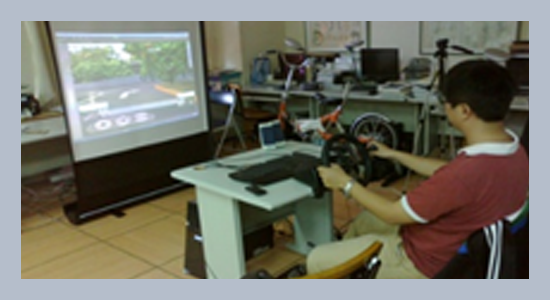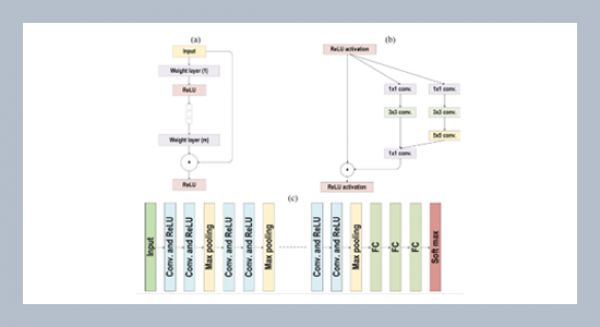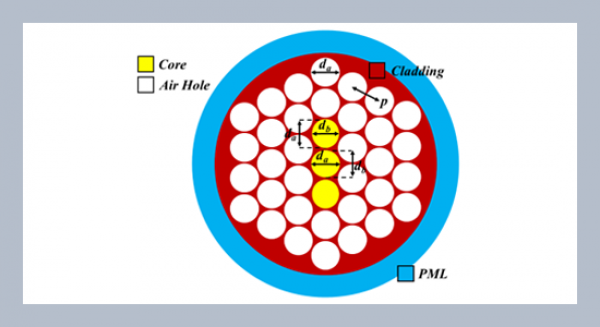Ming-Hsuan Hsieh1, Hsin-Chien Wu2*, Chin-Ting Lin2, Wei-Hsien Hong3 1 Department of Industrial Design, Chaoyang University of Technology, Taichung City, Taiwan 2 Department of Industrial Engineering and Management, Chaoyang University of Technology, Taichung City, Taiwan 3 Department of Sports Medicine, China Medical University, Taichung City, Taiwan
Download Citation:
|
Download PDF
For lower limb disabled driving a car, mechanical manual controllers are mainly used to control the brake and accelerator. However, the joystick is used chiefly to drive an airplane; is seldom used in driving a car. This study aimed to evaluate the usability of the joystick-style and mechanical manual controller for the lower-limb disabled driving vehicle. Twenty participants were divided into experimental and control groups (10 persons for each group). The experimental group was lower disabled the control group was the non-disabled. Each subject performed a driving simulator experiment with the two manual controllers. Driving performance, physiological load, and SUS score were collected during the investigation. From the statistical results of this study, it can be found that there are significant differences in the average completion time between the two manual controllers, and both groups spent less time with the joystick-type. For the SUS (System Usability Scale) results, the control group thinks the joystick-type is more suitable for use. Both groups had a significantly better driving performance with the joystick-type manual controller than the mechanical manual one. They also had a considerably lower physiological load (relative heart rate) with the joystick-type manual controller than the mechanical manual one. However, they had similar subjective assessments between the two tested controllers. This study provides an advanced investigation for applying a joystick in driving a car. But, further experiments should be conducted on the road to confirm safety and efficiency.ABSTRACT
Keywords:
Lower limb disabled, Manual controller, Virtual driving simulator, Driving performance.
Share this article with your colleagues
REFERENCES
ARTICLE INFORMATION
Received:
2022-11-01
Revised:
2022-11-25
Accepted:
2022-11-28
Available Online:
2022-12-09
Hsieh,M.-H., Wu, H.-C., Lin, C.-T., Hong, W.-H. Usability evaluation for driving simulation with the mechanical and joystick manual controllers. International Journal of Applied Science and Engineering, 19, 2022297. https://doi.org/10.6703/IJASE.202212_19(4).009
Cite this article:
Copyright The Author(s). This is an open access article distributed under the terms of the Creative Commons Attribution License (CC BY 4.0), which permits unrestricted use, distribution, and reproduction in any medium, provided the original author and source are cited.















